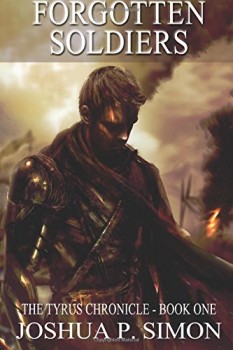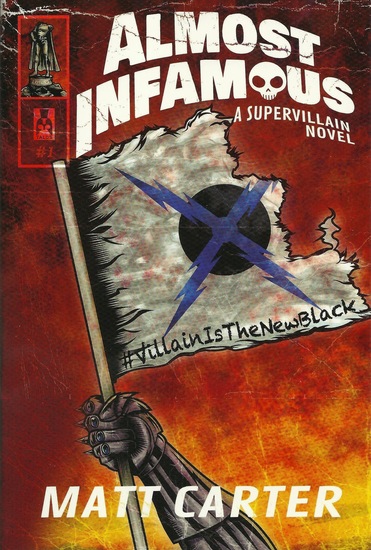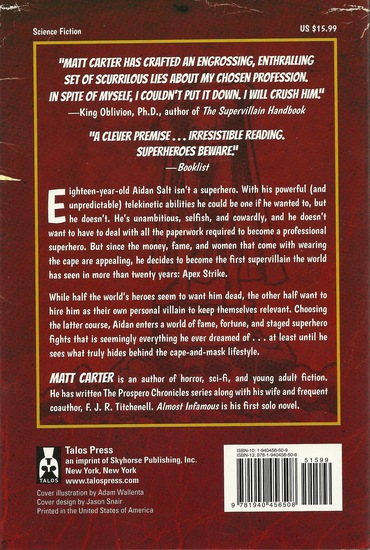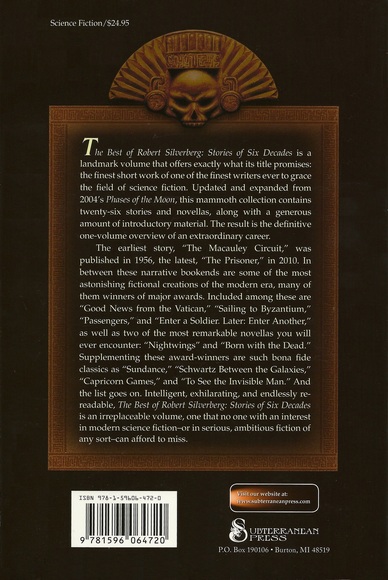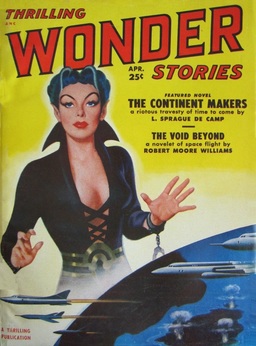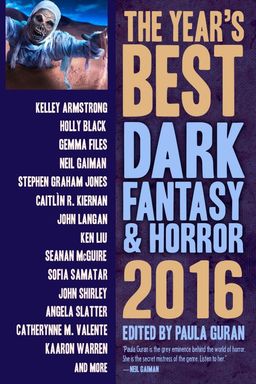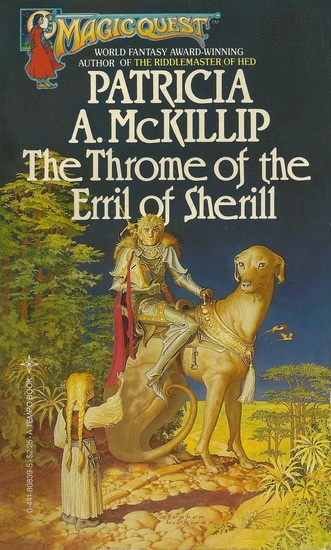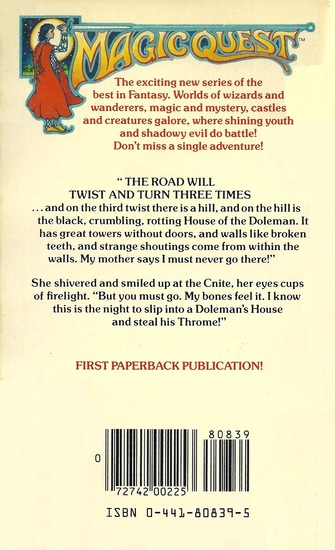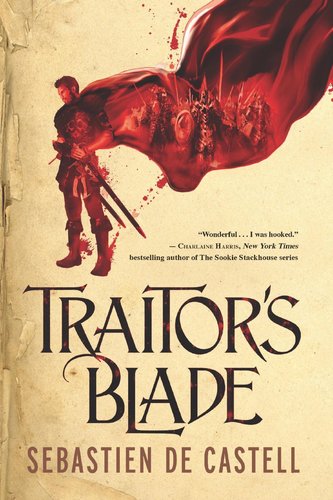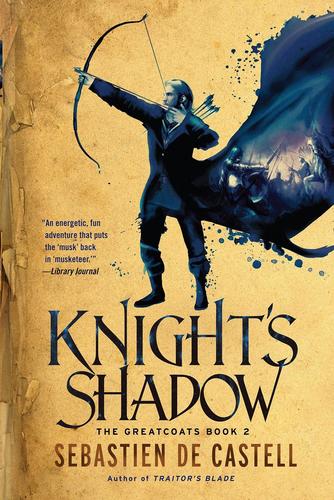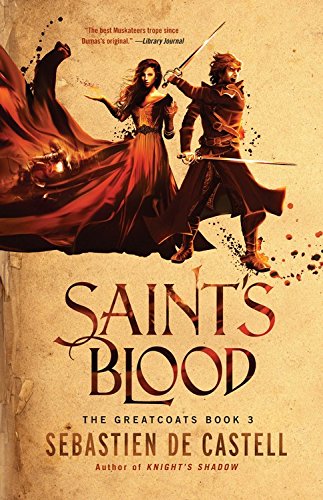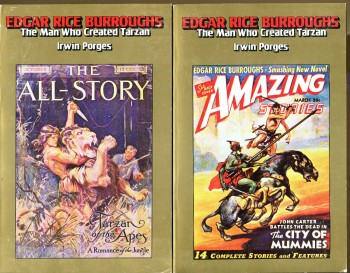The Conclusion to a Grand Adventure: Hobgoblin Night by Teresa Edgerton
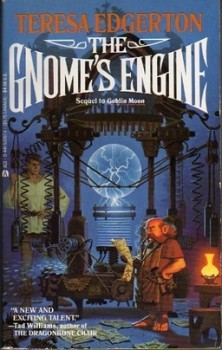 Hobgoblin Night (2015) is an e-book rerelease (and revision, and repackaging, along with three previously published short stories) of The Gnome’s Engine (1991), Teresa Edgerton’s charming follow-up to Goblin Moon (1991). In it, the adventures of brave Sera Vorder and dashing Francis Skelbrooke, and the evil machinations of the faerie-human hybrid, the Duchess of Zar-Wildungen, continue.
Hobgoblin Night (2015) is an e-book rerelease (and revision, and repackaging, along with three previously published short stories) of The Gnome’s Engine (1991), Teresa Edgerton’s charming follow-up to Goblin Moon (1991). In it, the adventures of brave Sera Vorder and dashing Francis Skelbrooke, and the evil machinations of the faerie-human hybrid, the Duchess of Zar-Wildungen, continue.
In my Black Gate review of Goblin Moon, I wrote,
Goblin Moon is a model of what light entertainment can be. It’s not going to change your world, but it will definitely bring a smile to the face of anyone with a taste for some swashbuckling and Gothic mystery. This tale, smelling just a little of lavender and gunpowder, is a fun respite from all the bloody, cynical “realism” permeating much of modern fantasy — come to think of it, much of modern life.
Those words hold true for Hobgoblin Night, as well. There’s a little less swashbuckling and a little more Gothic mystery in this volume, but it’s just as much outright fun as its predecessor. If you have any desire to visit a world suspiciously like Europe during the Enlightenment, but with Gnomes, Fairies, Trolls, magic, and alchemy, these two books are for you.
At the end of Goblin Moon Sera, her cousin Elsie, and Jed Braun were headed off over the Alantick Ocean to the hoped-for safety of the New World. Though they had thwarted the Duchess’ evil plan to wreak dire harm on Elsie as revenge for a slight perpetrated by Elsie’s mother, they hadn’t stifled her desire for satisfaction. By stealing an ancient, mysterious parchment from the Duchess before fleeing, they had, in fact, only enraged her more.
